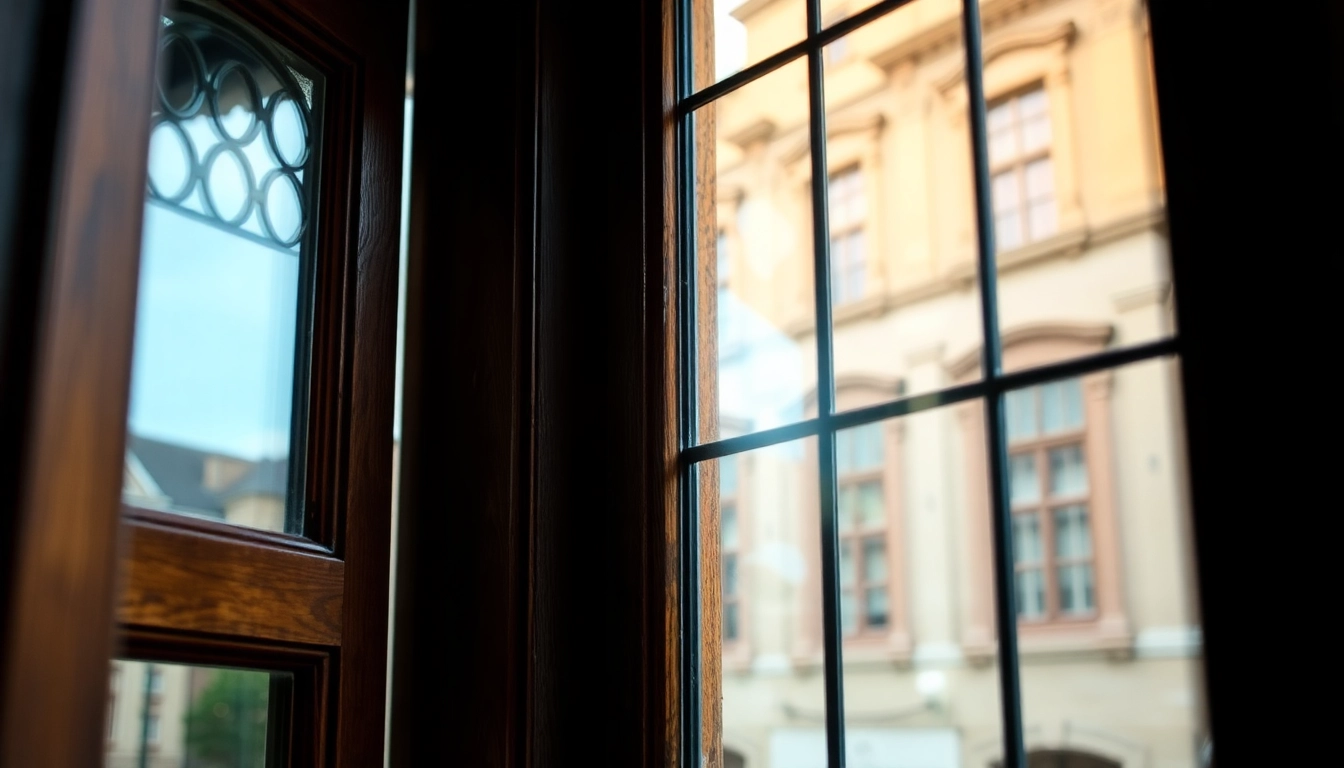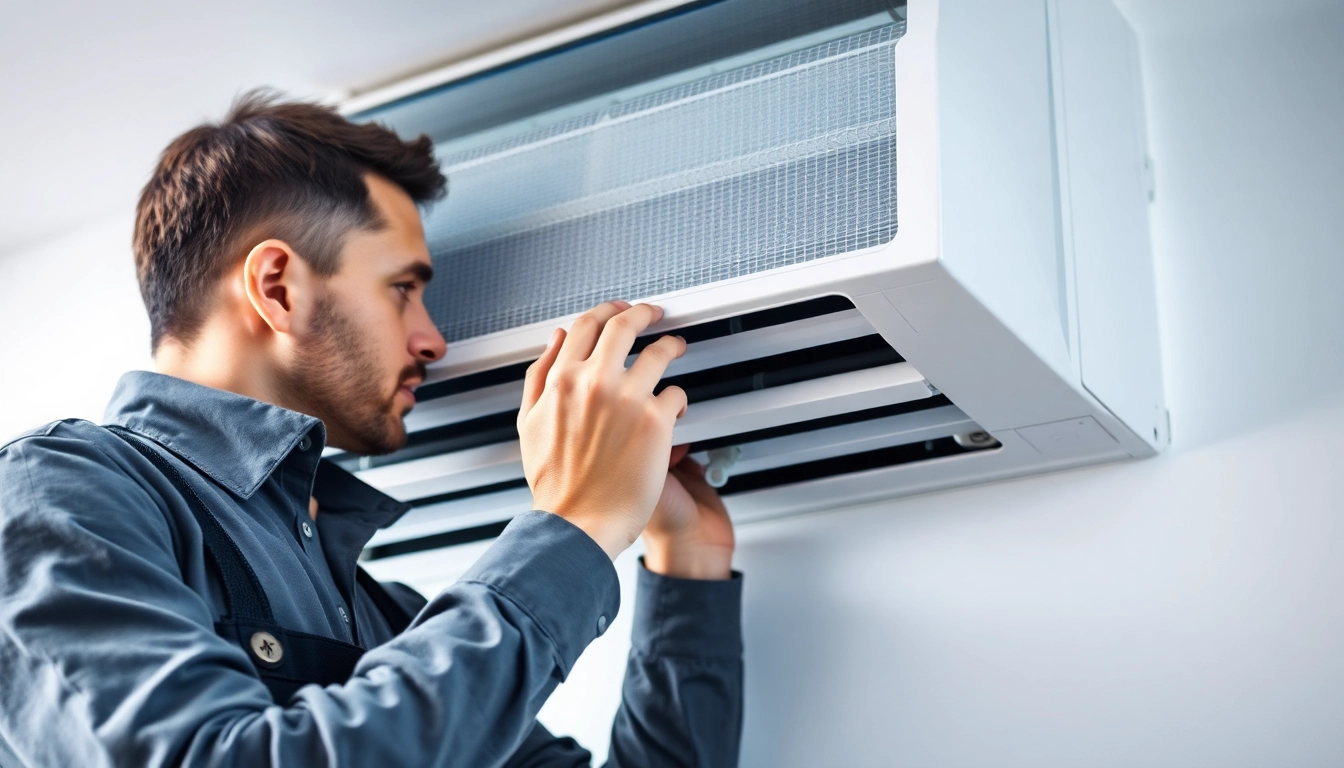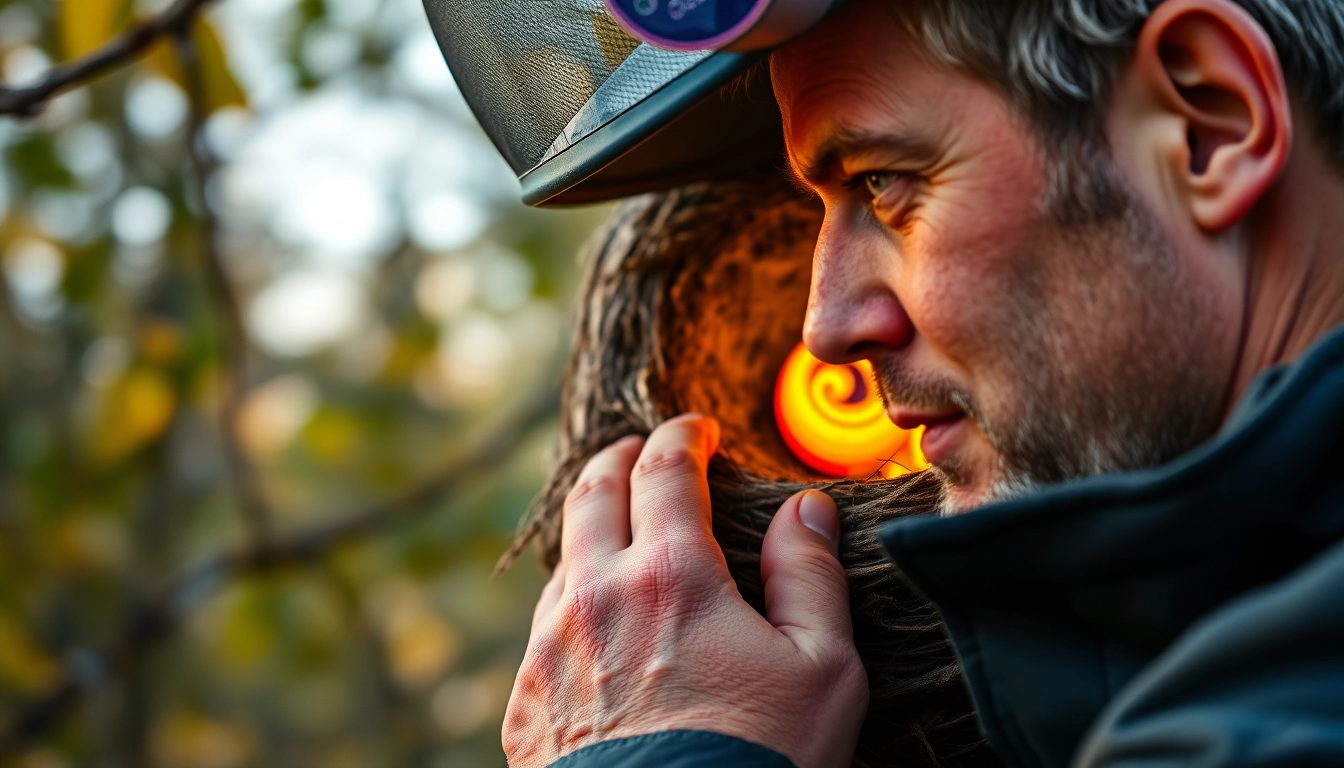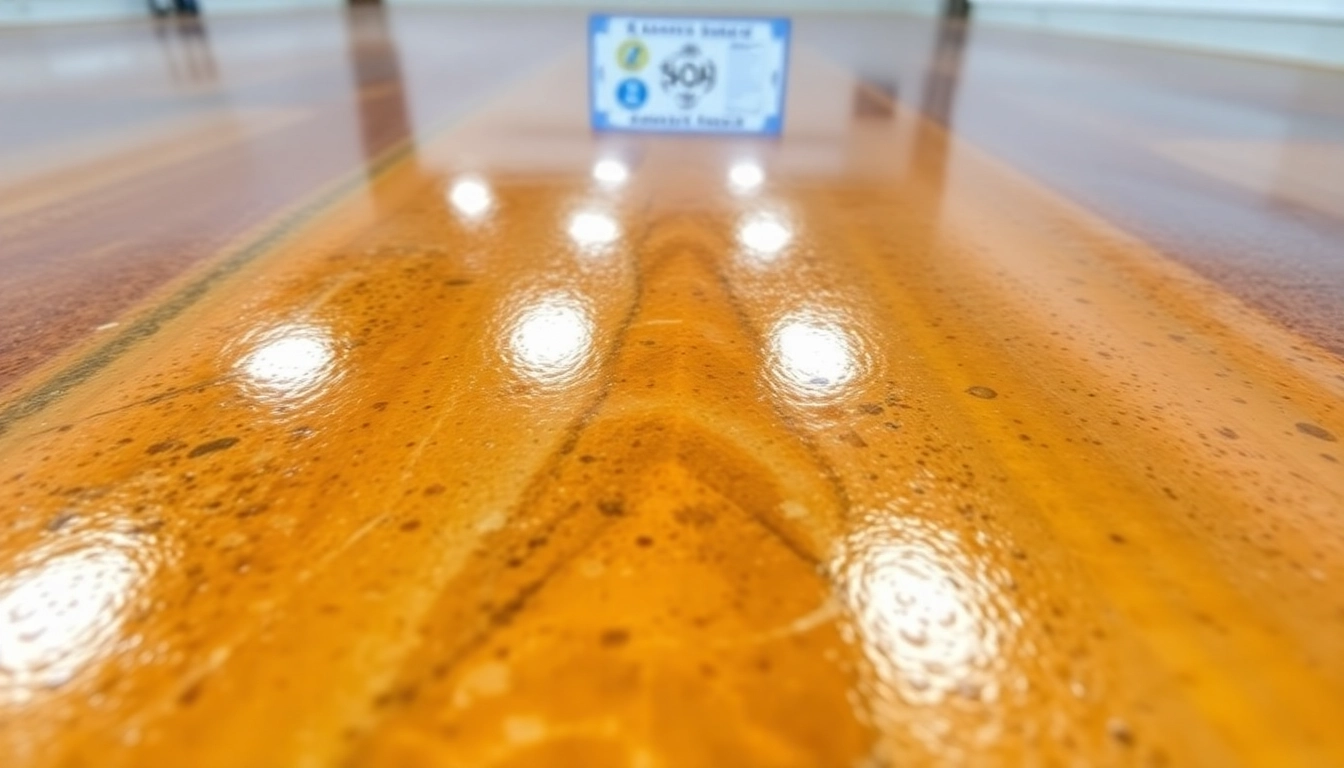Understanding Heritage Window Restoration
Heritage window restoration is an intricate process dedicated to preserving the aesthetic and historical value of traditional windows found in older properties. This specialized craft requires a profound understanding of historical architecture, material science, and preservation techniques. Homeowners looking to maintain the charm and integrity of their properties often turn to restoration experts, particularly for essential elements like windows that are integral to the building’s character. Engaging in heritage window restoration not only enhances the beauty of these structures but also ensures compliance with local regulations aimed at preserving cultural heritage.
What are Heritage Windows?
Heritage windows refer to original windows that are characteristic of certain architectural styles, often found in listed buildings or properties located in conservation areas. These windows are typically made from wood, with features that may include sash windows, casements, or leaded glass. The distinctiveness of heritage windows lies in their craftsmanship and the materials used, each reflecting the building’s era. In Britain, many historical windows come from Victorian, Edwardian, or Georgian designs, each with specific attributes that contribute to their identity.
The Importance of Restoration
Restoration plays a crucial role in maintaining the historical integrity and aesthetic value of heritage properties. Many older homes were designed with windows that played a pivotal role in their overall visual appeal and functionality. When neglected, these windows can succumb to rot, paint wear, and other forms of damage. Restoration preserves the original craftsmanship while improving energy efficiency, thus protecting the heritage value while adapting to modern needs. Moreover, restoring heritage windows instead of replacing them significantly contributes to sustainability efforts by reducing waste associated with window replacement and minimizing the carbon footprint inherent in new window manufacturing.
Key Restoration Techniques
Heritage window restoration generally involves a combination of techniques tailored to the specific type of window and the nature of its deterioration. Some key methods include:
- Repairing vs. Replacing: Whenever feasible, the focus should be on repairing existing windows. This can involve fixing frame rot, replacing damaged glass, or restoring operational components.
- Draught Proofing: Adding weather stripping or utilizing period-appropriate methods to enhance insulation without altering the window’s appearance.
- Refinishing: Stripping old paint and applying a new finish that is more in line with period accuracy can markedly enhance the window’s aesthetic appeal while providing protection against the elements.
- Glazing Options: Modern techniques such as secondary glazing can improve energy efficiency while preserving the original look of the windows. This method involves adding a second layer of glass to the existing windows, creating an insulating barrier.
Benefits of Restoration Over Replacement
Cost-Efficiency of Restoring Heritage Windows
One of the most compelling advantages of restoring heritage windows is cost?efficiency. While initial restoration costs can seem significant, they often pale in comparison to the expense of replacement windows. Restoration typically addresses existing issues at a fraction of replacement costs, especially when factoring in additional expenses such as permits and structural adjustments necessary for new installations. In many cases, repairs also extend the lifespan of the windows, yielding long-term savings for homeowners.
Environmental Considerations
Environmental sustainability is a key factor in the debate between restoration and replacement. The manufacturing of new windows consumes resources and energy, contributing significantly to carbon emissions. By choosing restoration, homeowners can help minimize this impact by making use of existing materials and preventing additional waste. Furthermore, restoring windows often means preserving the original materials, which may have lower embodied energy compared to modern alternatives. Restoration aligns well with the increasing focus on sustainable living and reducing our collective ecological footprint.
Enhancing Property Value
Heritage properties tend to attract a premium, particularly in markets where period features are valued. Well-executed restoration of heritage windows can significantly increase property value. Historic charm, visual appeal, and authenticity are attractive to potential buyers, who often hold a strong preference for original architectural features. Moreover, properties that maintain their historical integrity may qualify for specific grants or tax incentives designed to promote restoration and preservation.
Common Challenges in Heritage Window Restoration
Identifying Damage and Deterioration
Assessing the condition of heritage windows can be a nuanced process. Deterioration might not always be visible at first glance. Professionals typically look for signs of rot, structural weaknesses, and compromised glazing. Identifying these issues early is critical to formulating an effective restoration strategy that minimizes future costs and maximizes the longevity of the windows.
Materials and Techniques Used
The choice of materials and techniques employed in restoration can heavily influence the outcome. It’s essential that the methods reflect the original construction style and materials. For example, using synthetic materials in place of wood can diminish the aesthetic and historic integrity of the windows. Skilled restorers often source period-appropriate materials and may employ traditional joinery techniques to ensure authenticity. Furthermore, the application of modern preservation techniques must not detract from the original look and feel of the windows.
Regulatory Compliance for Listed Buildings
Owners of heritage properties, especially those classified as listed buildings, must navigate a complex regulatory landscape. Restoration must comply with local conservation regulations, ensuring that any work performed does not compromise the property’s historical significance. Failure to adhere to these guidelines can result in legal ramifications and could hinder future attempts to secure funding or grants for additional preservation activities. Consulting with specialists who understand these regulations is crucial for successful initiatives.
Choosing the Right Restoration Specialist
Qualifications and Experience to Look For
Finding the right restoration specialist can significantly impact the success of your heritage window project. Homeowners should look for professionals with relevant qualifications, such as a background in historical preservation, carpentry, or architecture. Experience specifically related to heritage window restoration also plays a pivotal role. Ensuring that a specialist has a portfolio of past projects similar to yours can bolster confidence in their capabilities.
Questions to Ask Your Specialist
Homeowners should be proactive in discussions with potential restoration specialists. Some essential questions might include:
- What experience do you have with heritage window restoration specifically?
- Can you provide references or examples of completed projects?
- What materials do you recommend for this restoration, and why?
- How will you ensure compliance with local preservation regulations?
- What is the estimated timeline for the project?
Reviewing Previous Work and Testimonials
Assessing previous work through testimonials and case studies can offer valuable insights into a specialist’s reliability and quality of work. Homeowners should seek out reviews or testimonials from prior clients, ideally focusing on similar projects. It can also be beneficial to visit completed restorations in person, if possible, to evaluate craftsmanship and attention to detail first-hand.
Maintaining Your Restored Windows
Preventative Care Tips
Post-restoration, the upkeep of heritage windows is essential for maintaining their performance and aesthetic appeal. Simple preventative measures can make a substantial difference. Regularly checking for signs of moisture accumulation, applying fresh paint, and ensuring that the window seals remain intact are essential steps. Homeowners should also consider using appropriate cleaning products that won’t damage the materials.
Regular Maintenance Checklist
A well-structured maintenance checklist can help guide homeowners in preserving their restored windows. Important inclusions might be:
- Inspect all seals and weather stripping for wear
- Check for signs of mold or mildew
- Examine frames and sills for rot or deterioration
- Clean glass panes to prevent dirt buildup
- Reapply protective finishes when applicable
Signs You Should Consider Further Restoration
Even after a successful restoration, issues can arise that necessitate further attention. Signs that indicate the need for additional restoration may include excessive drafts, difficulty in operational movement, or visible damage to the window structure. Homeowners should remain vigilant and approach a restoration specialist when these signs emerge to ensure the longevity of their heritage windows.



